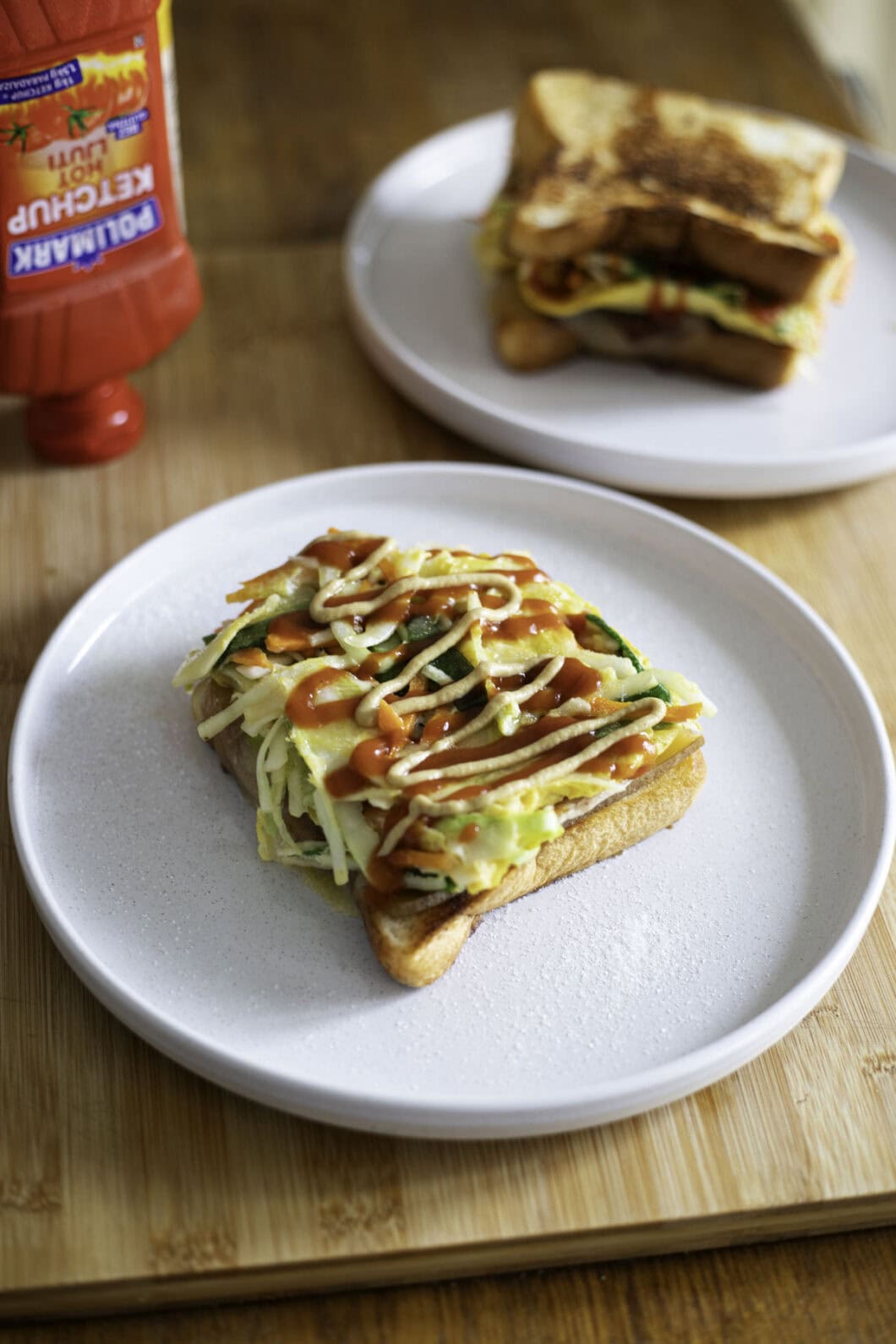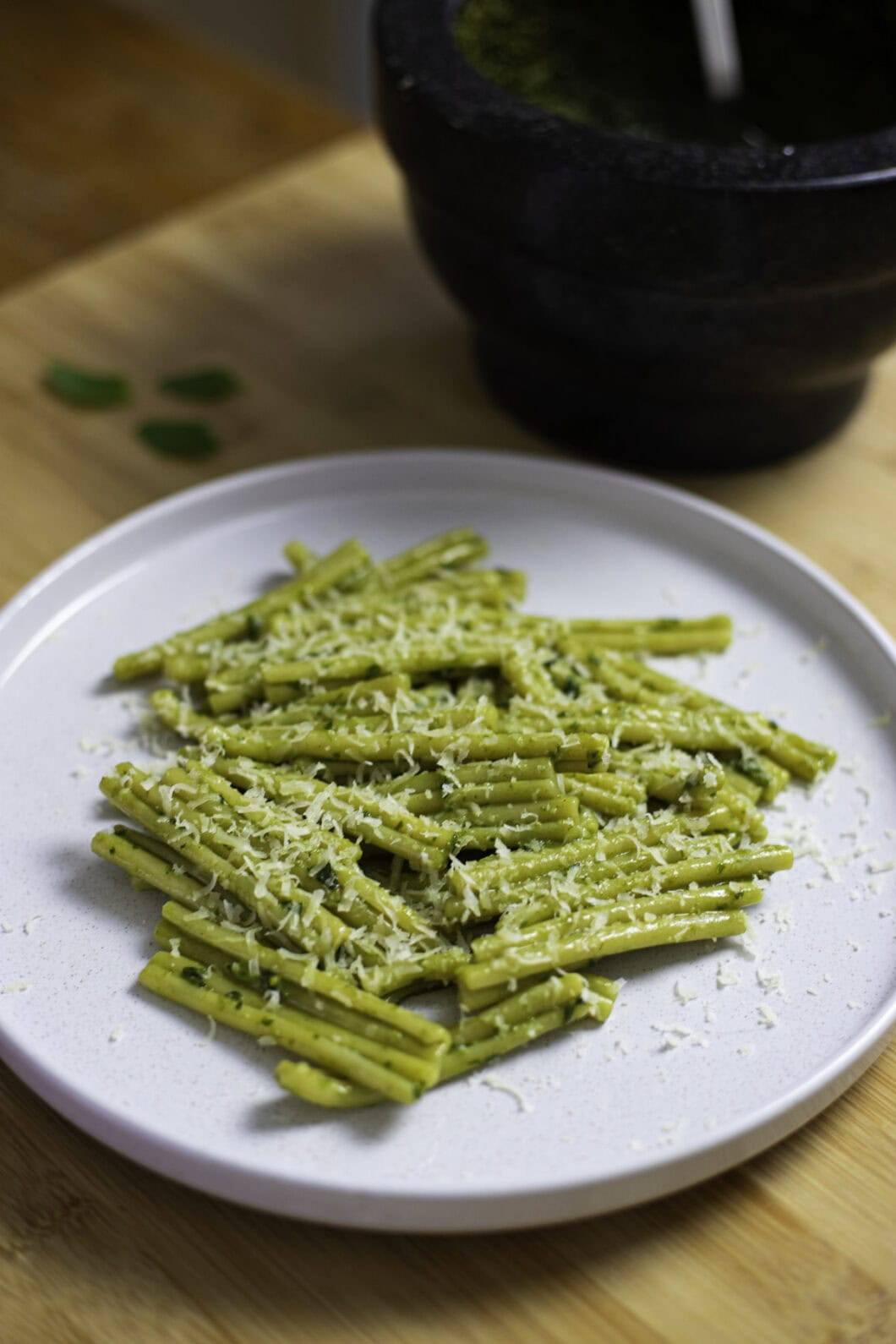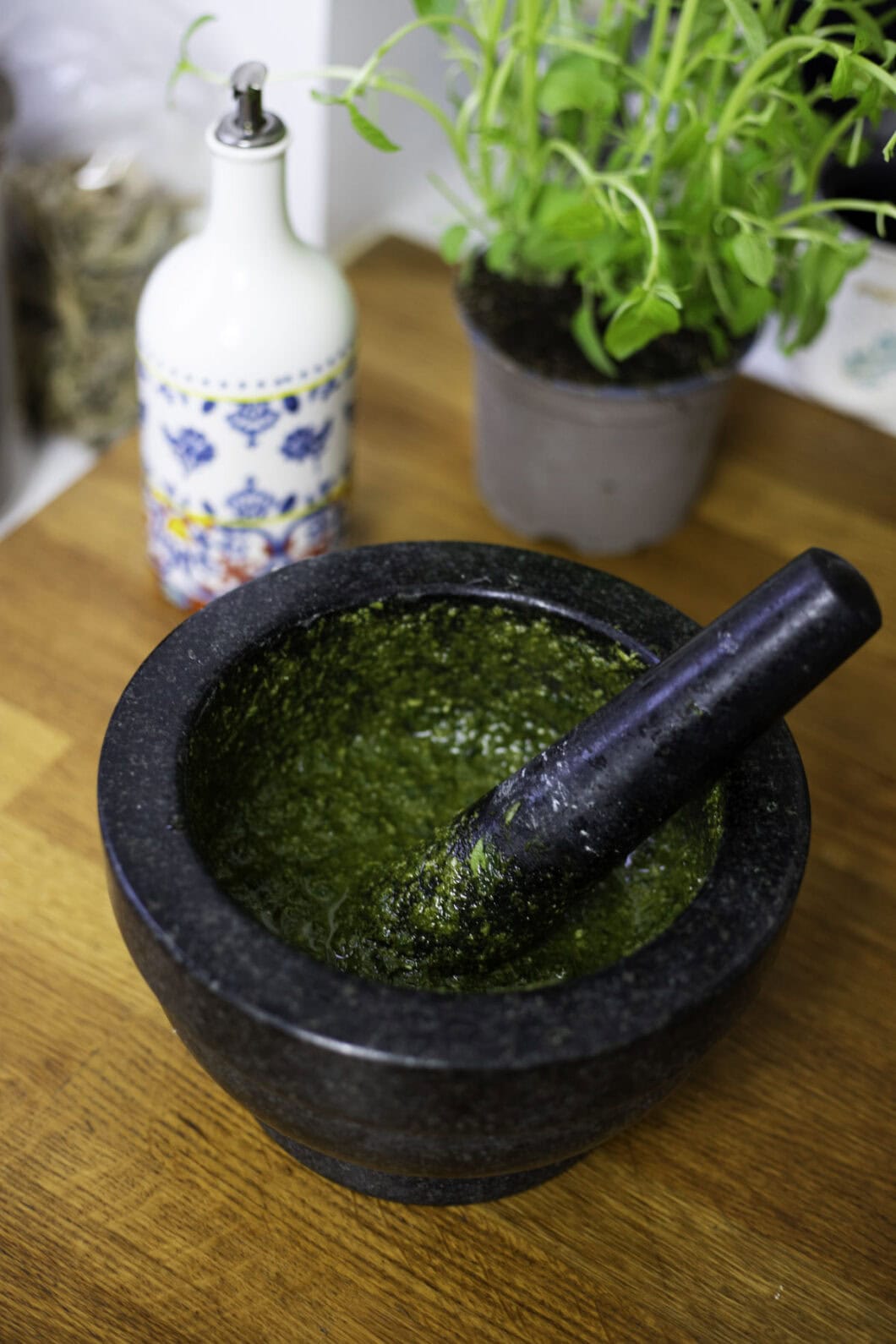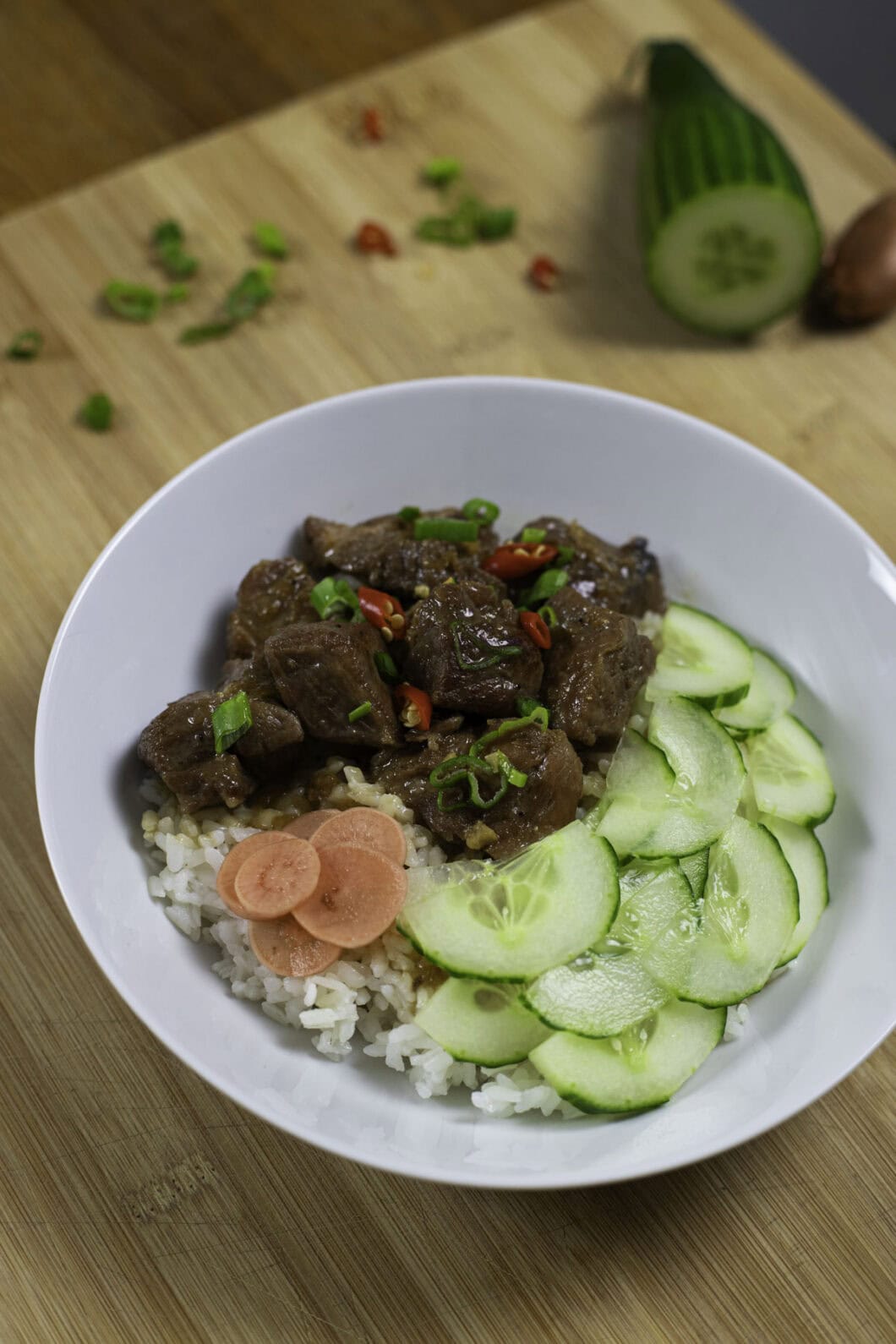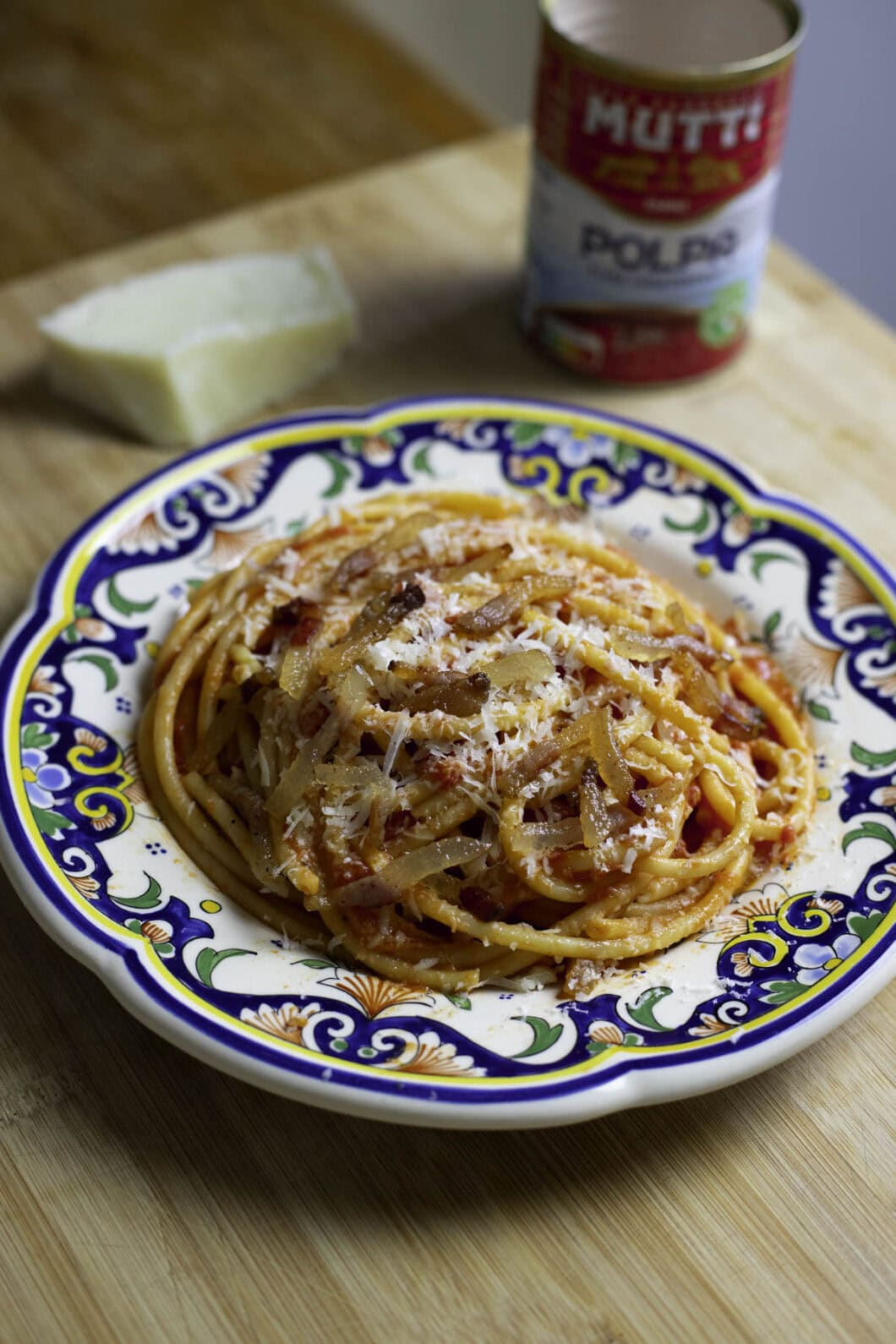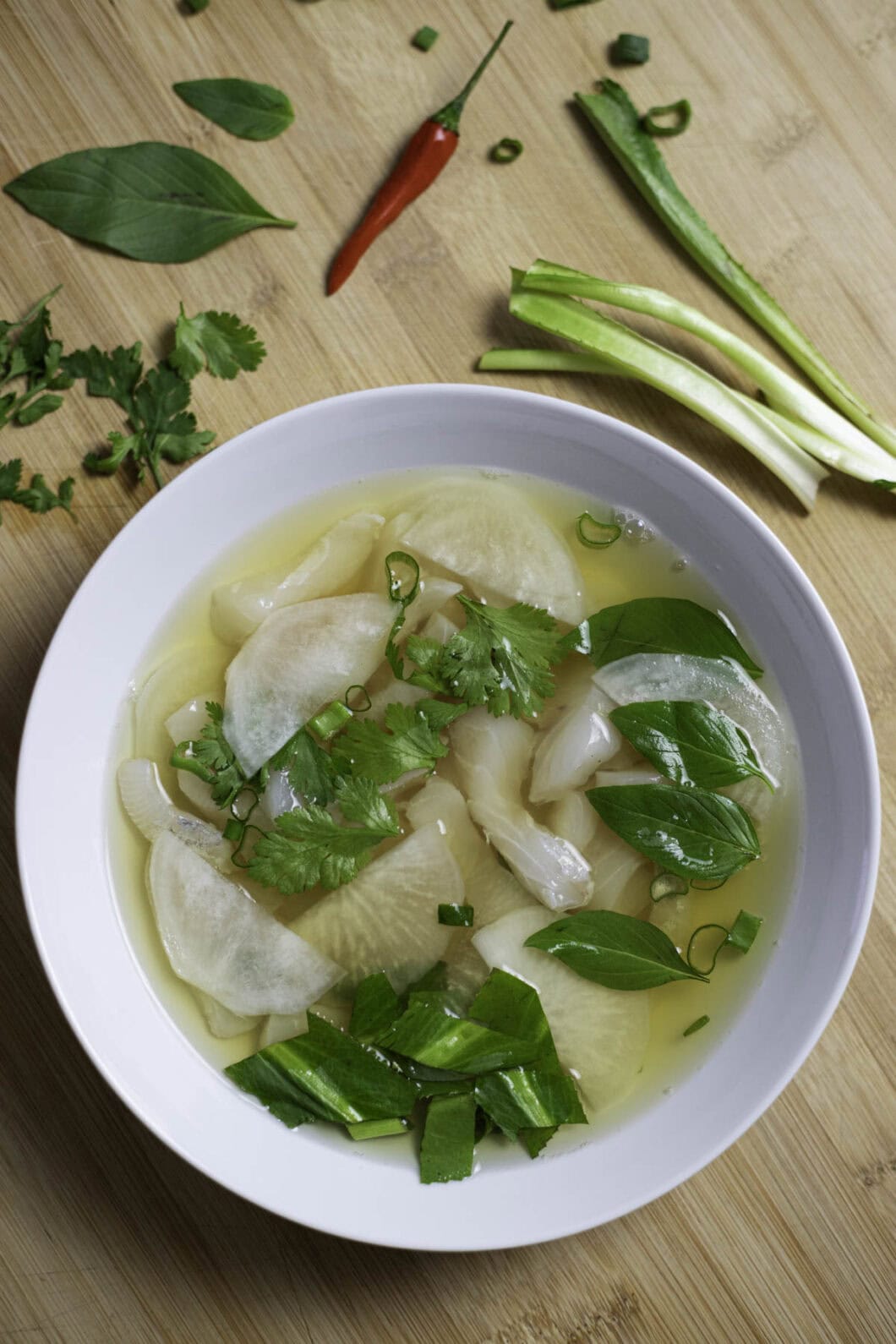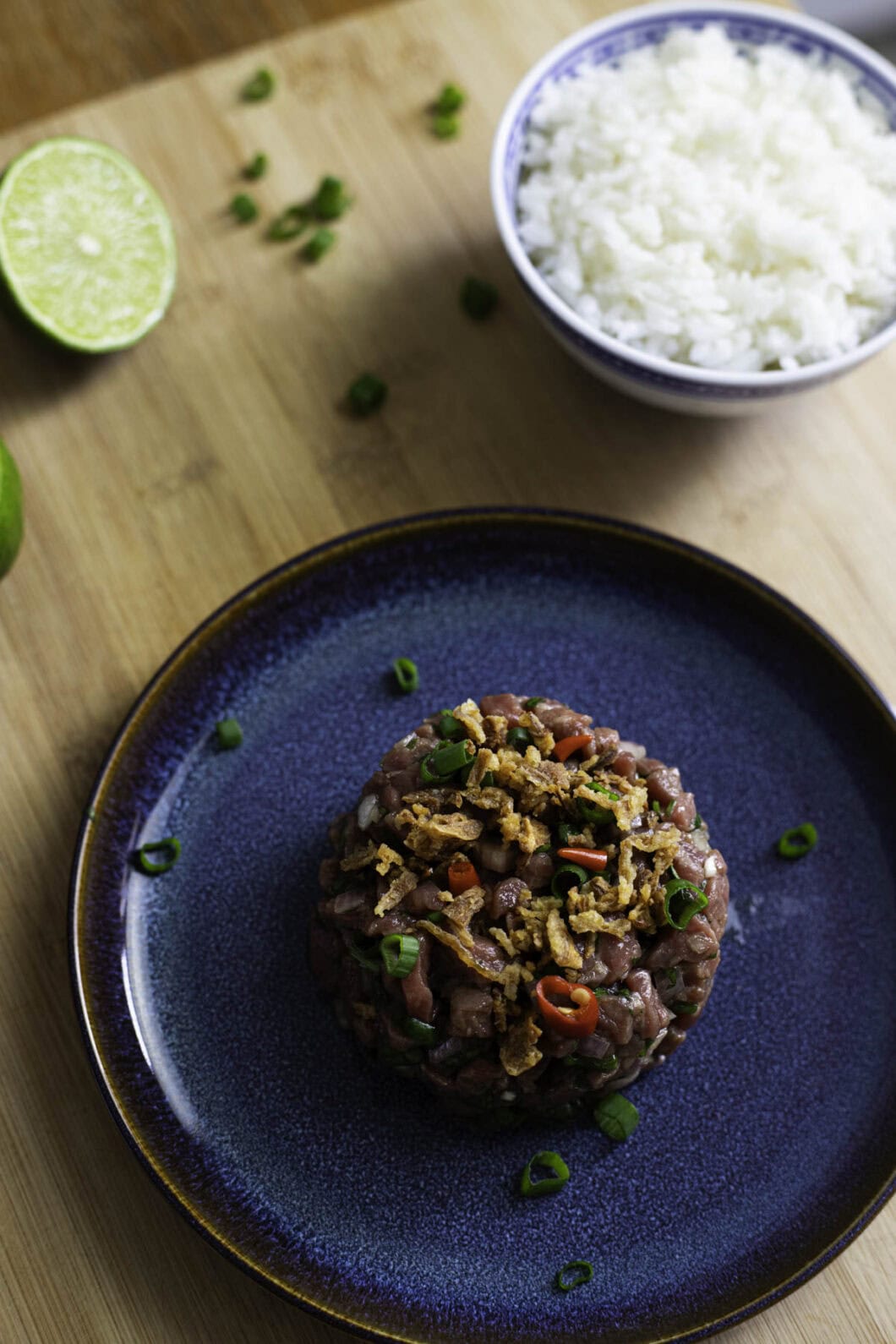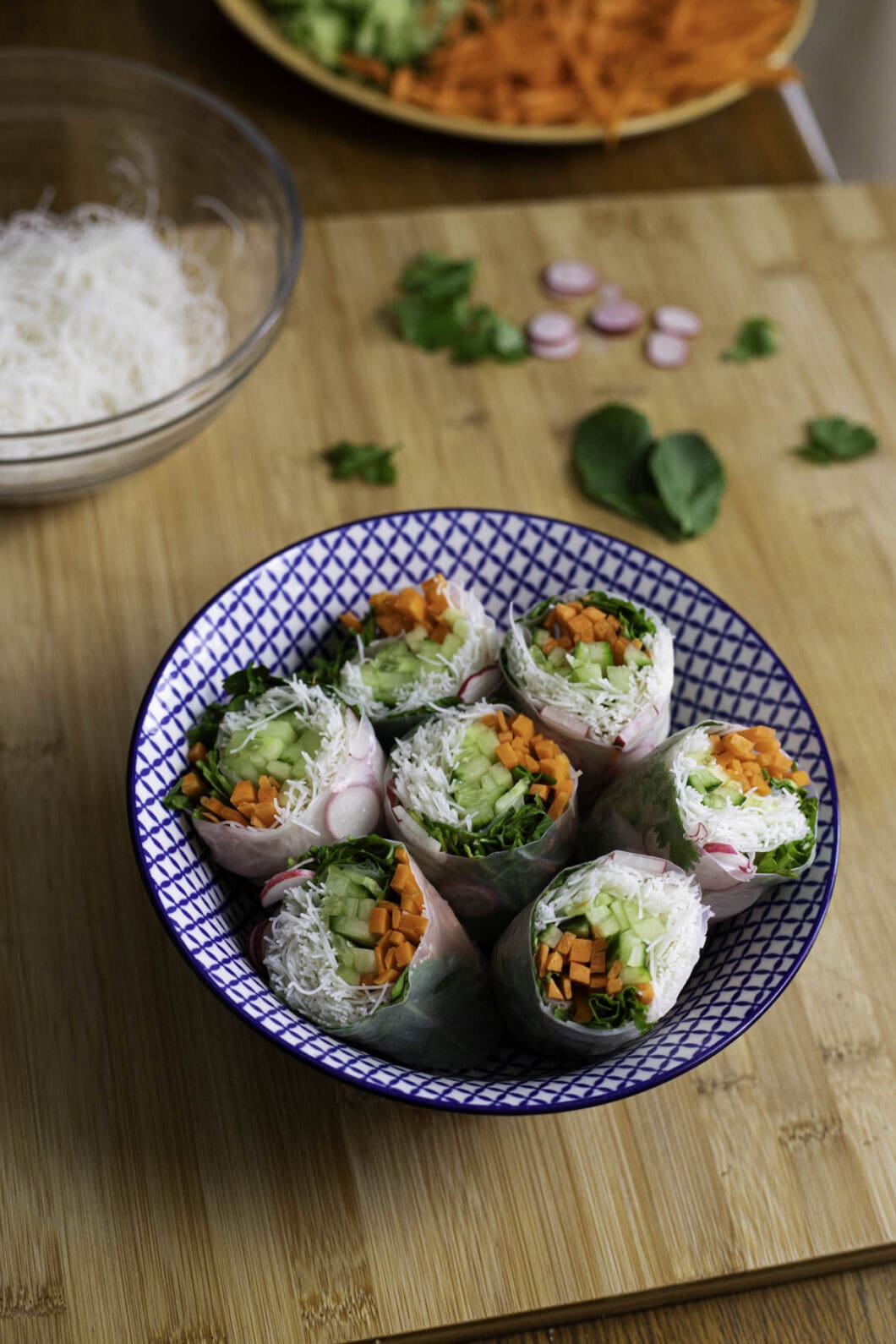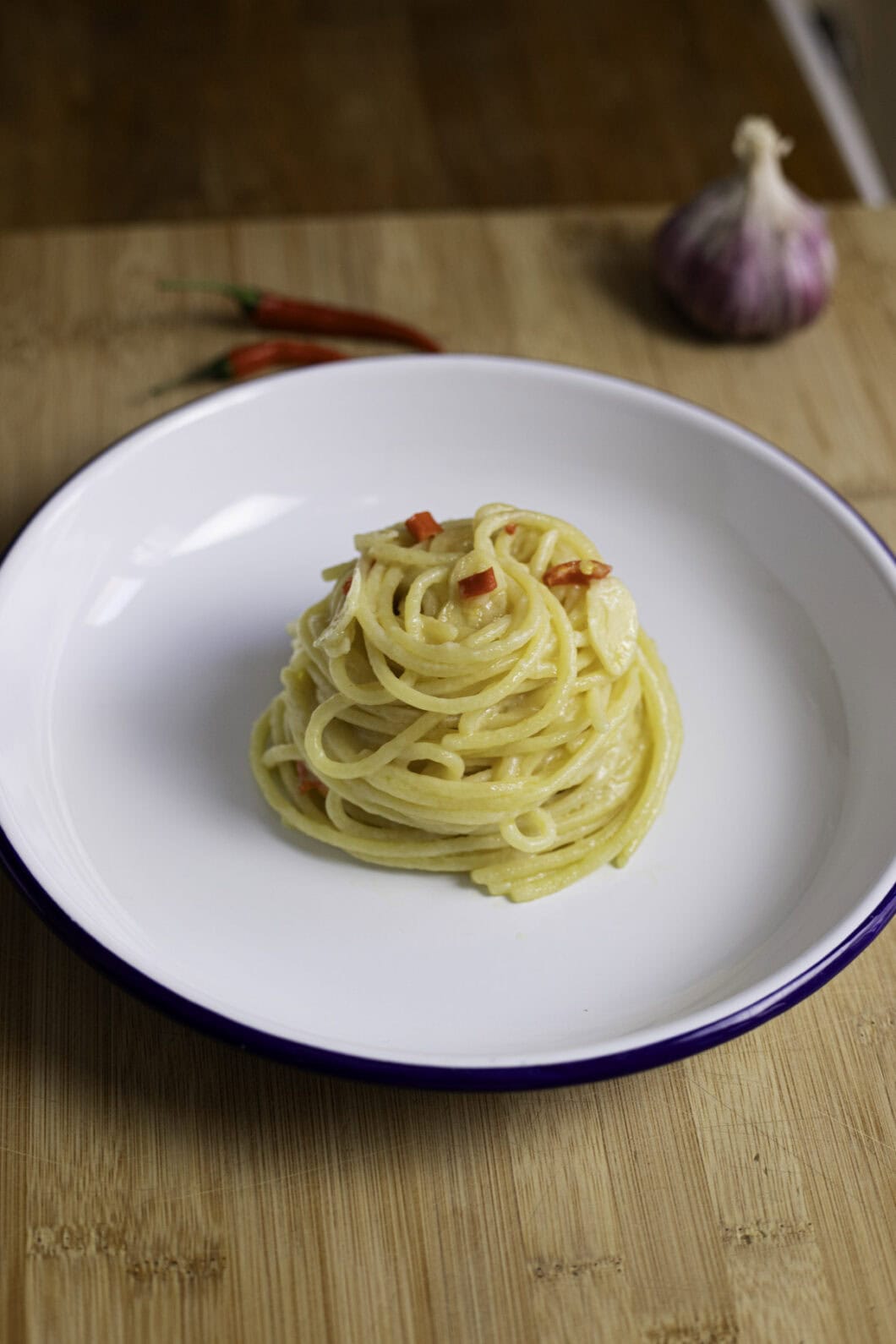I was trying a friend’s couscous the other day ; he got the vegetarian one. I tasted it, and I thought ; that’s not a vegetarian couscous. That’s just a couscous without meat ! It felt bland, lacking depth and taste.
I was not happy with it, and I felt driven by the challenge of making an actual vegetarian couscous. One that would in no way pale in comparison with the traditional couscous.
I’m so glad I did, as there seems to be a real void in terms of veggie couscous offering. Granted, my version takes some work ; but a classic couscous does too, doesn’t it ?
The Ultimate Veggie Couscous needed a meat replacement, as I didn’t feel you could rely on veggies only in terms of texture and in comparison with the Classic Couscous experience. For me, the tastiest couscous is Lamb Couscous, so I picked Jackfruit, which is close to the lamb’s usual texture in the classic couscous once cooked and shredded. To give it some taste, I worked on a broth reduction, elevated by mustard, harissa, vinegar, honey and a bit of liquid smoke. But I did not neglect the veggies themselves, and treated them like meat, browining them in a pan with butter and oil. I also relied on some flavour boosters such as msg, or kelp for my broth, which helped me bringing the depth I needed.
If you haven’t eaten a good couscous in a long time because you’ve turned vegetarian or vegan, do try this version (if you’re willing to spend a few hours in the kitchen, that is !)
Ultimate Veggie Couscous- Recipe
Ingredients – Advice & key points
- Ras el-hanout : This is one of the two king spices in any Algerian kitchen. You can usually find it quite easily. You might find two kinds of ras el-hanout : a yellow one, and a red one. I use the yellow one. The yellow ras el-hanout is rich in turmeric, which gives it its yellow color, while the red gets its color from the dominant spice in the blend, the sweet chili pepper, which gives it a slightly spicier flavor.
- Couscous : How couscous is traditionally cooked is one of the main reasons why this dish is so tasty. It takes a bit of work and patience, but you need to steam your couscous two to three times. Two is enough in my view ; three will take your couscous up a notch in terms of softness. Besides, do take your time when separating couscous grains (see video) ! I recommend using medium-sized couscous ; this is mine and my mother’s favourite.
- Cilantro, beldi lemon, msg, kelp : You can skip those items if you don’t feel like including them or don’t have them. I wouldn’t recommend skipping the liquid smoke though, which adds a really interesting smoky flavour that elevates the dish.
Let’s make some couscous !!



